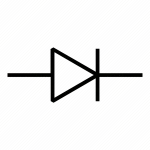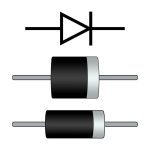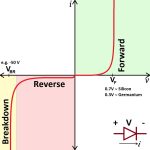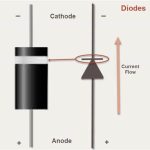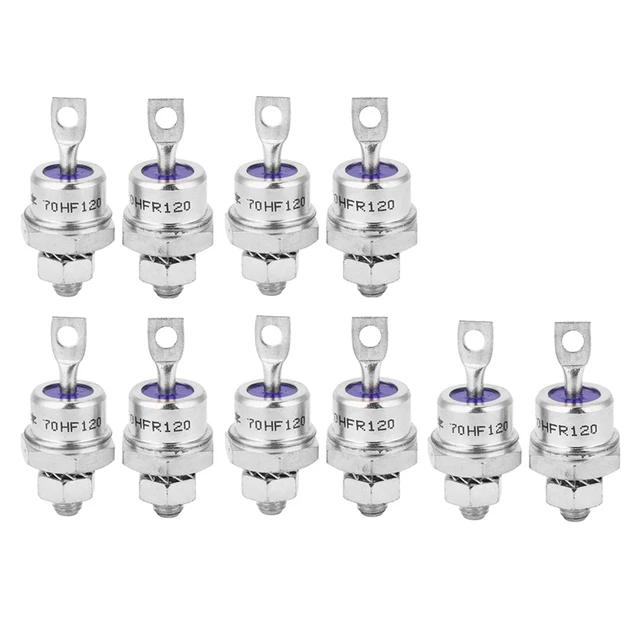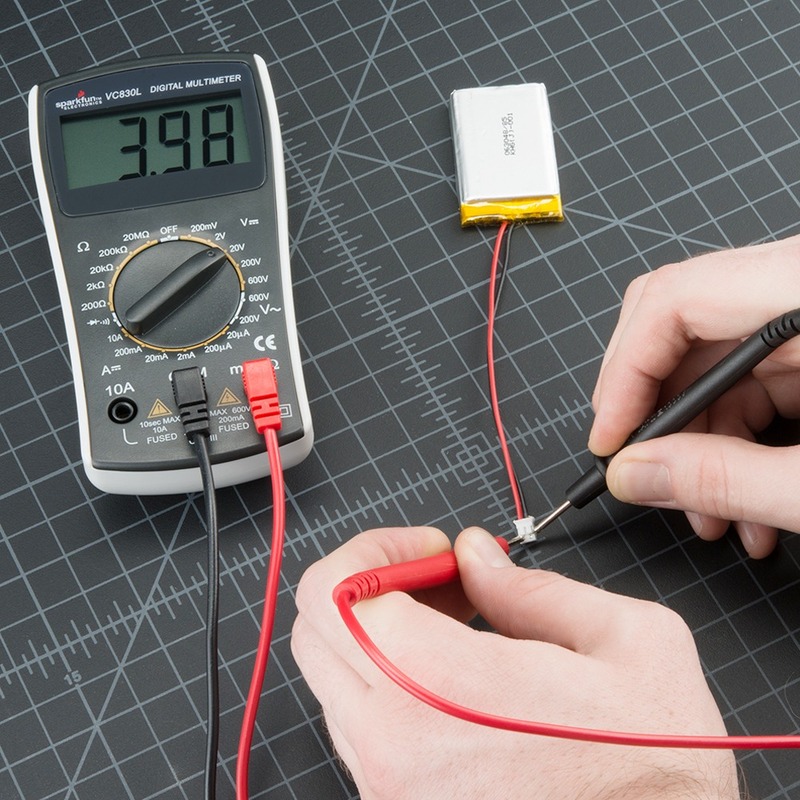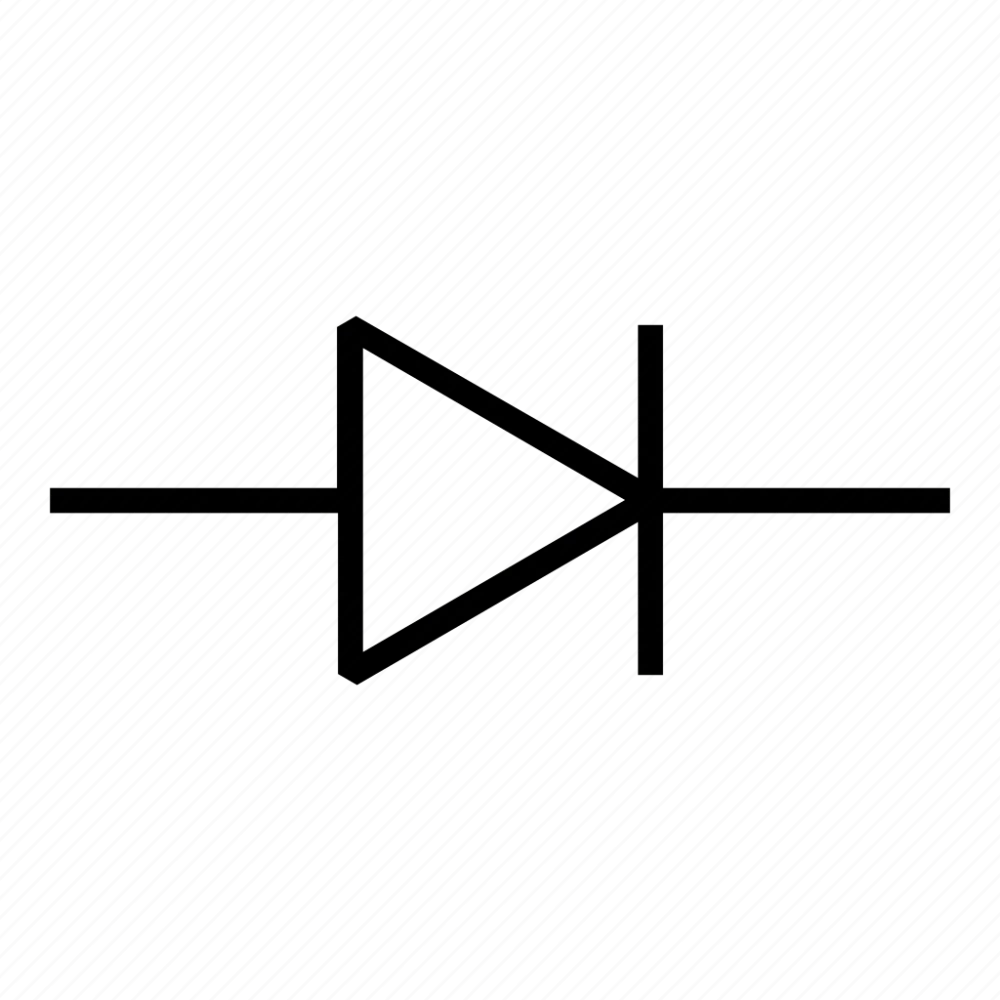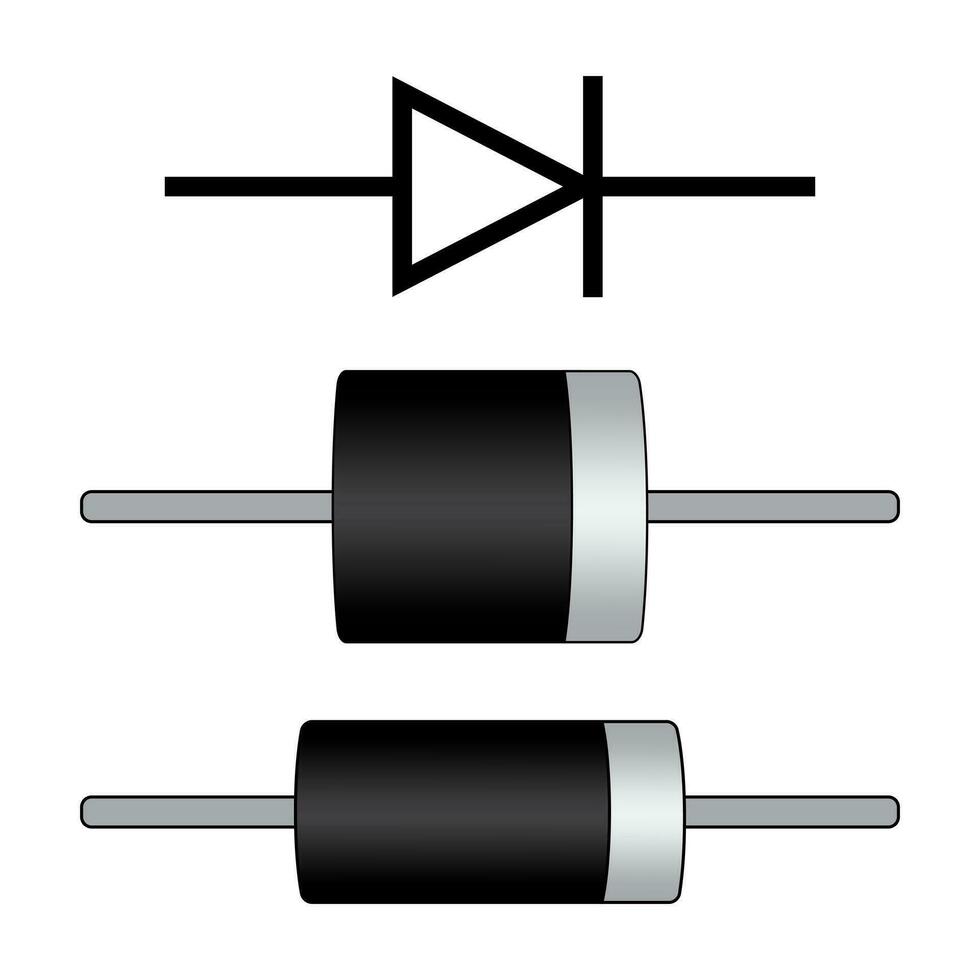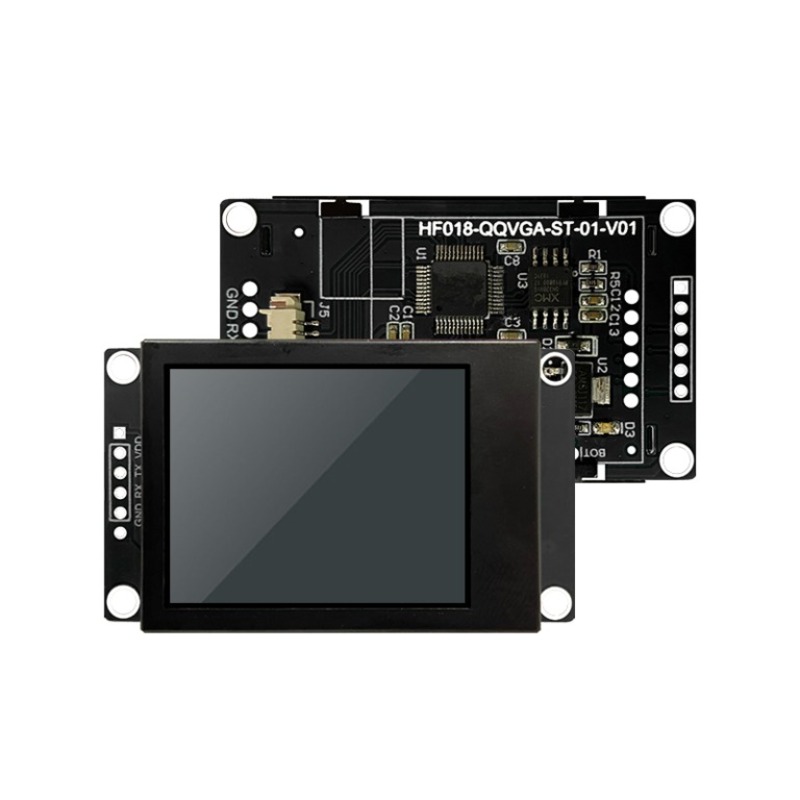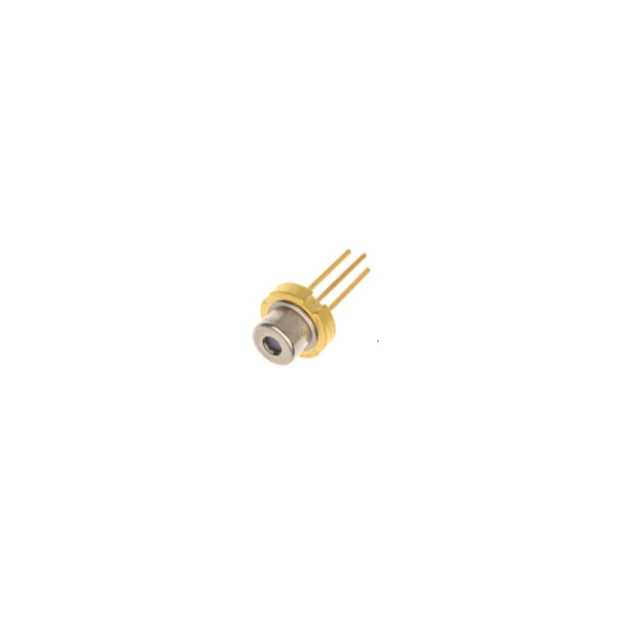 Introduction:
Introduction:
A diode is a fundamental electronic component that plays a crucial role in controlling the flow of electrical current. It is a semiconductor device that allows current to flow in one direction while blocking it in the opposite direction. In this comprehensive guide, we will explore the basics of diodes, their structure, functionality, and common applications. By understanding the fundamental principles, we can appreciate their significance in electronic circuits and their contribution to modern technology.
Introduction to Diodes
Diodes are electronic components that regulate the flow of electrical current.
A. Purpose of Diodes: Diodes act as a one-way valve for electric current, allowing it to flow in a preferred direction while blocking it in the opposite direction.
B. Semiconductor Materials: They are typically made from semiconductor materials, such as silicon or germanium, which have specific electrical properties.
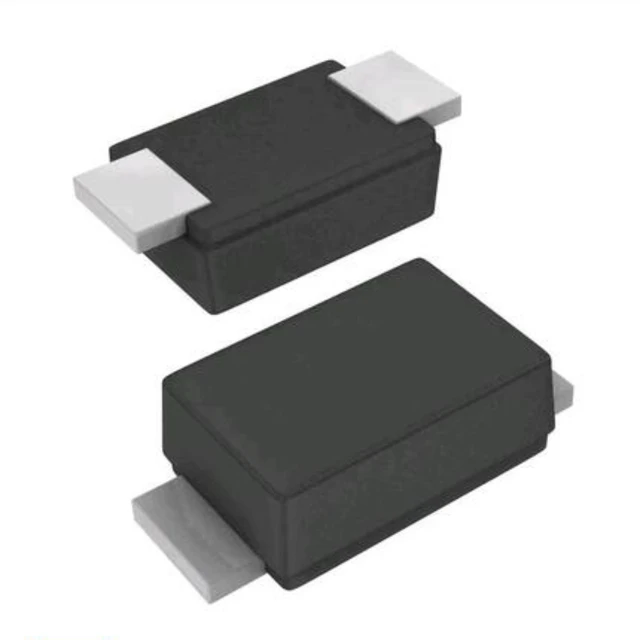 Some common types of diodes:
Some common types of diodes:
There are several different types of diodes, each with its specific characteristics and applications. Here are some common types of diodes:
P-N Junction Diode:
This is the most basic and widely used type of diode. It is made from a semiconductor material, typically silicon or germanium, and consists of a P-N junction. It allows current flow in one direction (forward bias) and blocks it in the opposite direction (reverse bias).
Schottky Diode:
A Schottky diode is a type of it that uses a metal-semiconductor junction instead of a P-N junction. It has fast switching characteristics and a low forward voltage drop, making it suitable for high-frequency and low-power applications.
Zener Diode:
Zener diodes are designed to operate in the reverse breakdown region. They have a controlled breakdown voltage, allowing them to function as voltage regulators. Zener diodes are commonly used in voltage reference circuits and surge protection applications.
Light-Emitting Diode (LED):
LEDs are diodes that emit light when forward biased. They are widely used in display panels, indicator lights, and various lighting applications due to their energy efficiency, long life, and wide color range.
Photodiode:
A photodiode is a type of it that generates a current when exposed to light. It is commonly used in light detection, optical communication, and sensing applications.
Tunnel Diode:
Tunnel diodes are special diodes that exhibit a phenomenon called tunneling, allowing electrons to tunnel through a narrow energy barrier. They are highly doped and operate in the negative resistance region, making them suitable for high-speed switching applications.
Varactor Diode:
Varactor diodes, also known as variable capacitance diodes, are used as voltage-controlled capacitors. They find applications in voltage-controlled oscillators, frequency modulators, and tuning circuits.
Schottky Barrier
Diode: Schottky barrier diodes are metal-semiconductor junction diodes with very fast switching speeds and low forward voltage drop. They are commonly used in high-frequency rectification and switching applications.
These are just a few examples of the many types of diodes available. Each type of diode has its own unique characteristics and applications, allowing them to be utilized in a wide range of electronic devices and circuits.
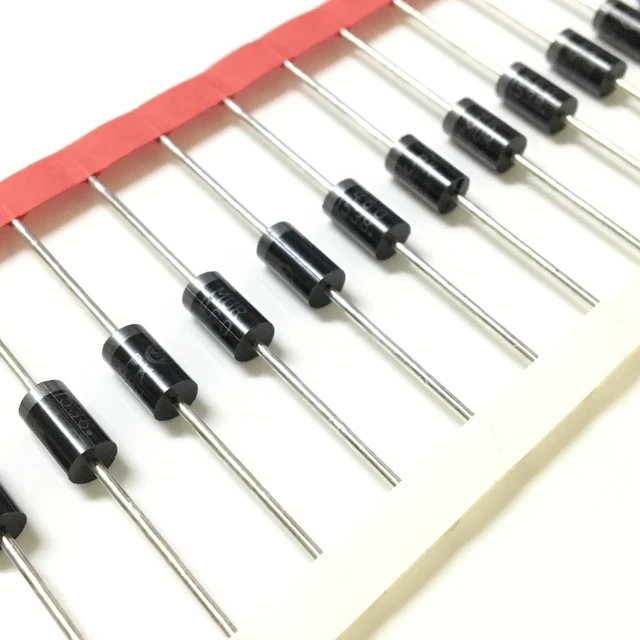 Structure of a Diode
Structure of a Diode
A diode consists of two distinct layers of semiconductor material.
A. P-N Junction: The two layers are known as the P-layer (positive) and the N-layer (negative), forming a P-N junction.
B. P-Layer: The P-layer contains an excess of positive charge carriers, known as “holes.”
C. N-Layer: The N-layer contains an excess of negative charge carriers, known as “electrons.”
III. Diode Functionality
The unique structure of a diode results in its characteristic electrical behavior.
A. Forward Bias: When a positive voltage is applied to the P-layer and a negative voltage to the N-layer, the diode is in a forward-biased state, allowing current flow.
B. Reverse Bias: When the voltage is reversed, applying positive voltage to the N-layer and negative voltage to the P-layer, the diode is in a reverse-biased state, blocking the current flow.
Diode Characteristics
They have several essential characteristics that define their behavior in electronic circuits.
A. Forward Voltage Drop: When a diode is conducting current, it typically exhibits a specific voltage drop, typically around 0.7 volts for silicon diodes.
B. Reverse Breakdown Voltage: If the reverse bias voltage exceeds a certain threshold (reverse breakdown voltage), the diode can conduct in the reverse direction.
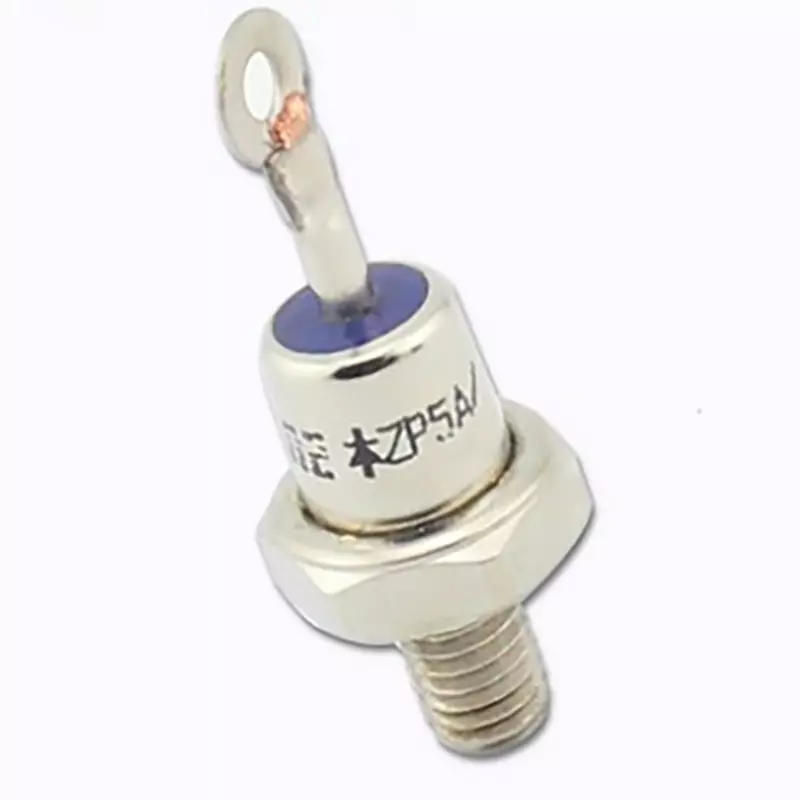 Applications of Diodes
Applications of Diodes
Diodes find extensive use in various applications due to their unique electrical properties.
A. Rectification: Diodes are commonly used for rectification, converting alternating current (AC) to direct current (DC) by allowing current flow in one direction only.
B. Voltage Regulation: Zener diodes, a specific type of diode, are used for voltage regulation and maintaining a constant voltage level.
C. Signal Modulation: Diodes are used in signal modulation circuits to convert alternating current signals to various waveform shapes.
To test a diode:
To test a diode, you can follow these steps:
Turn off Power:
Ensure that the power to the circuit or device containing the diode is switched off or unplugged to prevent any accidents or damage.
Set Multimeter:
Set your multimeter to the diode testing mode or the resistance mode. Some multimeters have a specific diode testing mode (usually indicated by a diode symbol) while others use the resistance mode (ohmmeter).
Connect Leads:
Connect the multimeter leads correctly to the diode terminals. The positive (red) lead should be connected to the anode (the side with the arrow or stripe) of the diode, and the negative (black) lead to the cathode (the opposite side).
Forward Bias:
In the diode testing mode, the multimeter sends a small current through the diode. If the diode is working properly, it should conduct current in the forward bias direction (positive voltage at the anode and negative voltage at the cathode). The multimeter will typically display a voltage drop around 0.6-0.7 volts for a silicon diode and around 0.2-0.3 volts for a Schottky diode.
Reverse Bias:
Reverse the leads so that the positive lead is connected to the diode’s cathode and the negative lead to the anode. In this reverse bias setup, if the diode is functioning correctly, it should display a very high resistance or an “open circuit” reading on the multimeter.
Test Continuity:
You can also test continuity using the resistance mode. In this case, a functioning diode in the forward bias direction would display a low resistance value (typically a few ohms), while in the reverse bias direction, it should show a very high resistance or an “open circuit” reading.
Remember to consult the specific instructions and manual for your multimeter, as different models may have slightly different settings or functionalities. Additionally, it’s important to note that these tests provide a general indication of diode functionality, but they may not give precise or exhaustive information about the diode’s characteristics.
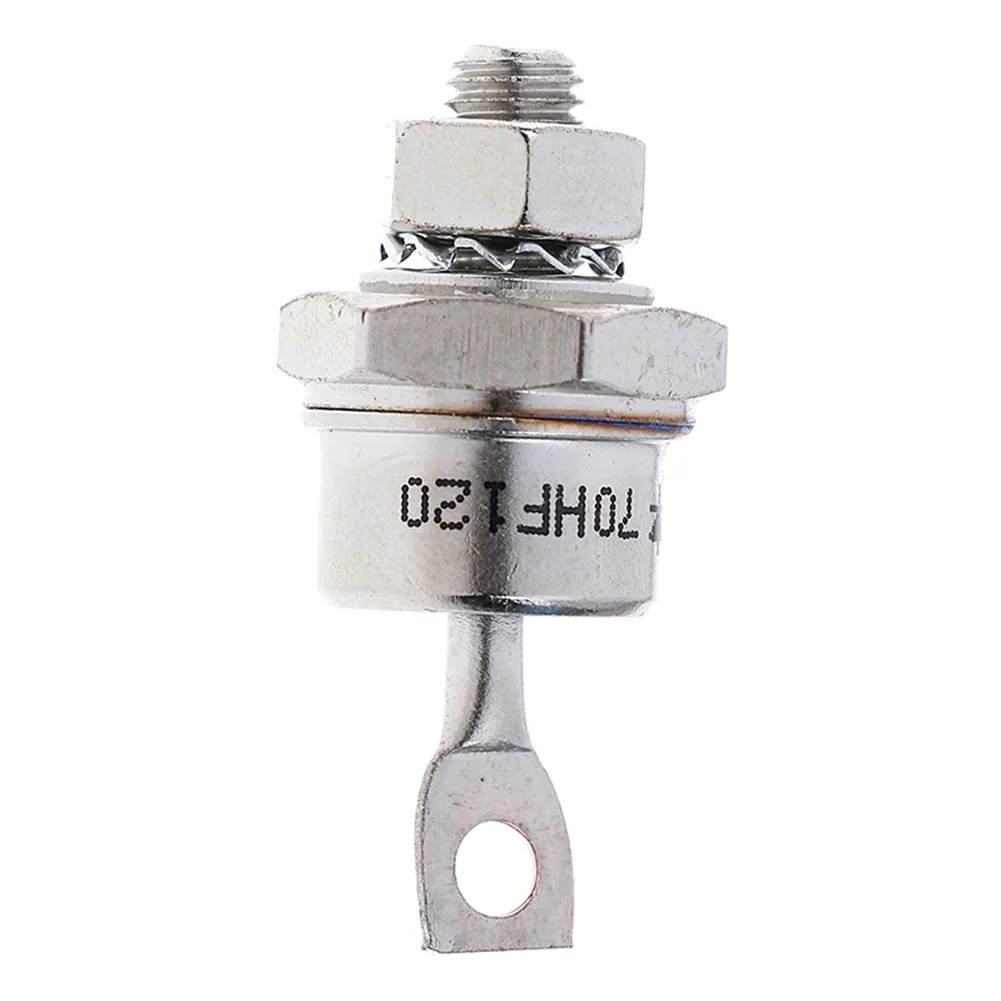 Specialized Types of Diodes
Specialized Types of Diodes
Besides standard diodes, numerous specialized diodes cater to specific application requirements.
A. Schottky Diodes: Schottky diodes have fast switching times and lower forward voltage drops, making them suitable for high-frequency and high-speed applications.
B. Zener Diodes: Zener diodes are designed to operate in the reverse breakdown region, utilized for voltage regulation and protection against voltage spikes.
C. Light-Emitting Diodes (LEDs): LEDs are diodes that emit light when forward biased, widely used for electronic displays and lighting applications.
Conclusion
In summary, it is a fundamental electronic component that allows current flow in one direction while blocking it in the opposite direction. By utilizing the unique properties of semiconductor materials and the P-N junction, diodes contribute to various applications, including rectification, voltage regulation, and signal modulation. Understanding the basics of diodes enables us to appreciate their importance in electronic circuits and their role in modern technology.

